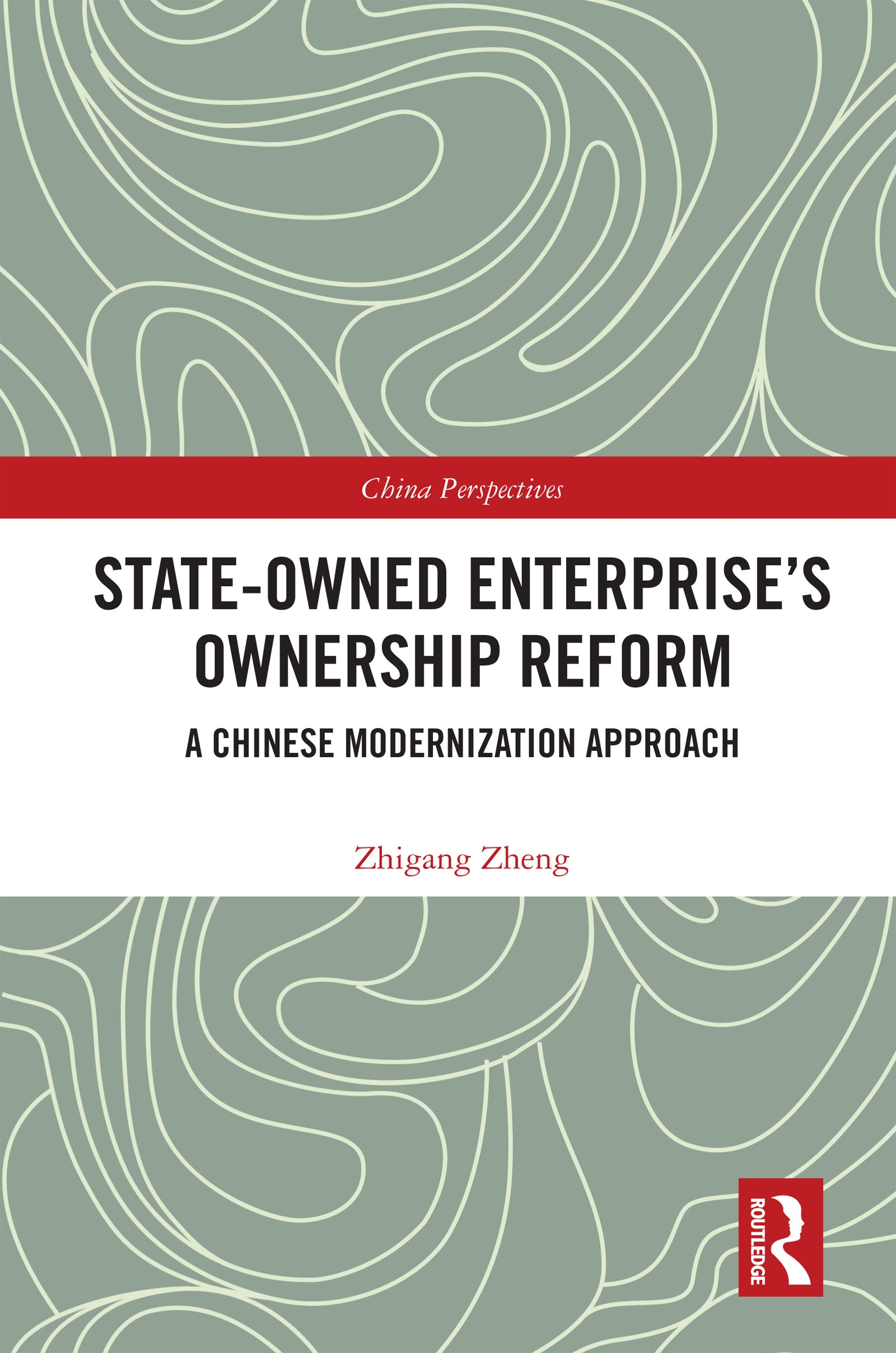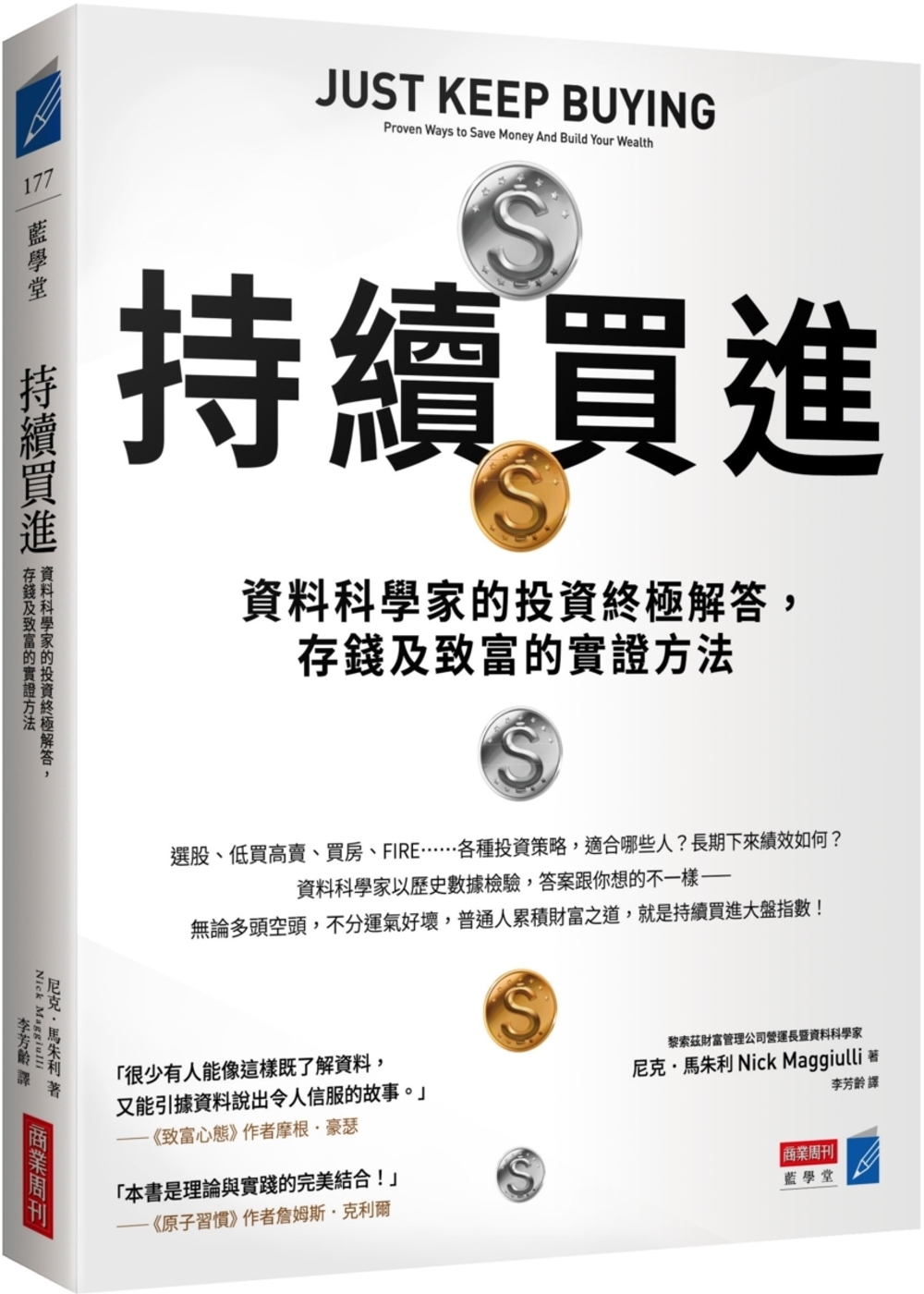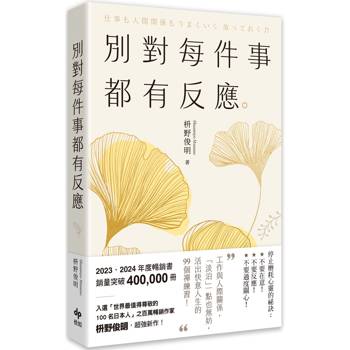In reviewing the new round of state-owned enterprise (SOE) reforms characterized by mixed ownership since 2013 in China, this book systematically investigates the theoretical underpinnings, model options and approaches to implementation of SOE mixed-ownership reforms.
SOE reforms have functioned as an integral part of China’s transformation to a market-oriented economy. Responding to the changing economic context and negative repercussions of earlier SOE reforms launched in the late 1990s, SOE mixed-ownership reforms encourage the participation of different types of capital and sounder management mechanisms. The author first reviews the impetus behind SOE mixed-ownership reforms and discusses how modern property rights theory and decentralized control theory perform as the theoretical underpinnings of the reforms. Based on cases of many completed SOE mixed-ownership reforms, the book summarizes and assesses the feasible models and implementation details of the reforms. It also examines how the reforms have impacted state-owned assets as well as executives’ compensation and incentives, both of which run parallel to the core reforms surrounding ownership.
The book will appeal to professional readers studying entrepreneurial theory, corporate governance, China’s SOE reforms and Chinese business and the economy, as well as investors and policy makers interested in the Chinese market and Chinese enterprise reform.





![塔木德:猶太人的致富聖經[修訂版]:1000多年來帶領猶太人快速累積財富的神祕經典 塔木德:猶太人的致富聖經[修訂版]:1000多年來帶領猶太人快速累積財富的神祕經典](https://media.taaze.tw/showLargeImage.html?sc=11100697818)






